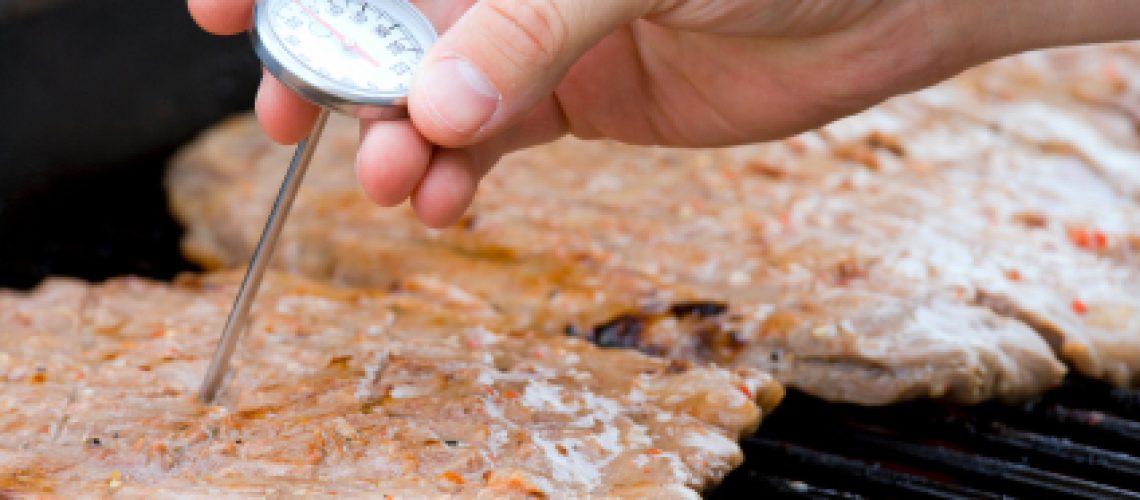A food thermometer is the most underused items in the kitchen. But they should be playing a more important role! We all believe that we know when something is cooked. We judge it by colour or time of the meat we are cooking. Unfortunately, that does not always work. Depending on the heat applied, thickness of the meat or any other variables, it will affect the cooking time.
Different meats also cook at different temperatures. All poultry, casseroles and leftovers should be heated to 74 degrees C. Ground meats and eggs need to be cooked in at least 160 degrees C. Fresh beef, pork, veal, lamb and ham should reach 71 degrees F and then rest for three minutes. Fish should also be cooked to 63 degrees C. And a food thermometer can help you be certain that these foods are thoroughly cooked.
The United States recently did a survey and discovered that self-reported use of food thermometers in cooking has increased from 33% in 1998 to 53% in 2010. However, the surveyors believe that the thermometer is not used on daily basis. Rather it is only used when one is cooking large hunks of meat or poultry, such as a pot roast or the Thanksgiving turkey. While a survey was done by the U.S. Food and Drug Administration (FDA), 46% of participants said they do not use a thermometer when cooking chicken and 66% don’t use one when cooking or grilling hamburgers.
What’s Stopping People Using A Food Thermometer?
The main barrier is the IDEA of using a thermometer. People believe it implies inexperience and that using a thermometer may ‘degrade’ the taste. People – especially people cooking at home – prefer to use the visual indicators and what they learnt from their parents as their guide. So if we want to have safe food, we need to reject this notion and take the safer step!
If you are looking to get food thermometers, look no further than Thermocron! And if you would like more information on this topic or get the source URL for this article, then email us at [email protected]
